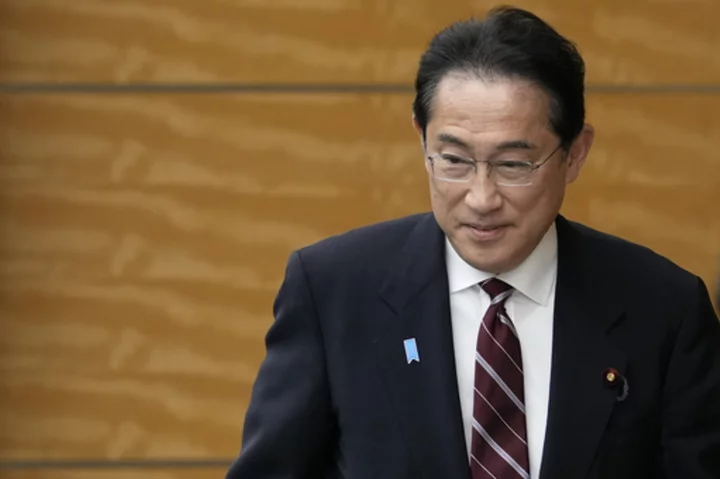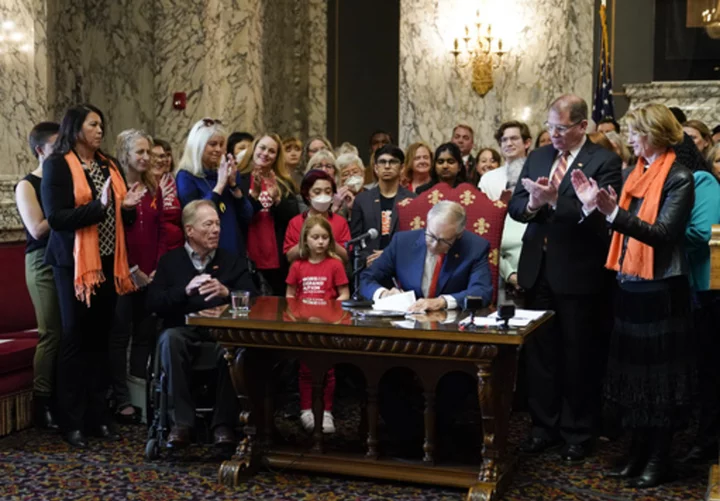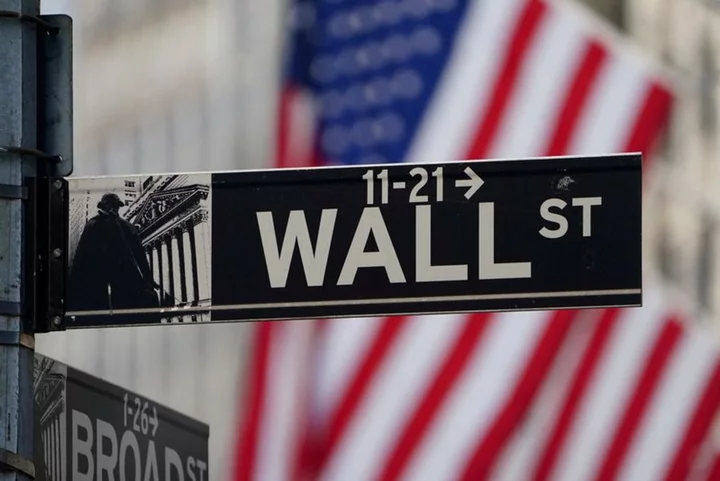By Sudarshan Varadhan
SINGAPORE (Reuters) -Oil prices were set to register their third consecutive weekly gain for the first time since April, rising on Friday due to supply disruptions in Libya and Nigeria, and hopes of higher demand for crude due to easing U.S. inflation.
Brent crude futures had added 5 cents, or 0.1%, to $81.41 per barrel by 0242 GMT. U.S. West Texas Intermediate crude futures rose 9 cents, or 0.1%, to $76.98. Both benchmarks, which have risen about 9% this month, are on track to settle higher for a fourth session in a row.
On Thursday, a number of oil fields in Libya were shut down in a protest by a local tribe against a kidnapping of a former minister. Separately, Shell has suspended loadings of Nigeria's Forcados crude oil due to a potential leak at a terminal.
Protests in Libya alone could take away more than 250,000 barrels of oil per day from the market, ANZ Research said.
"Crude prices are getting a boost from expectations that the oil market will get very tight as Libya and Nigeria deal with disruptions, also while Russian crude exports finally decline," said Edward Moya, an analyst at OANDA.
Saudi Arabia and Russia, the world's biggest oil exporters, agreed this month to deepen oil cuts in place since November last year, providing further support to crude prices.
The Organization of the Petroleum Exporting Countries (OPEC) on Thursday upgraded its oil demand forecast for 2023, adding it expected demand to grow 2.2% in 2024.
The National Bank of Australia said in a research note on Friday it expected the OPEC forecast, if realised, "to deliver oil prices well above $100/barrel", adding that the softening value of the U.S. dollar continued to boost commodity prices.
U.S. consumer prices rose modestly in June at the smallest annual increase rate in more than two years as inflation continued to subside. Producer prices also barely rose in June, and the annual increase was the smallest in nearly three years.
Both indicators gave markets hope the U.S. Federal Reserve could be closer to ending its fastest monetary policy tightening campaign since the 1980s.
(Additional eporting by Katya Golubkova in TOKYO; Editing by Jamie Freed and Muralikumar Anantharaman)









